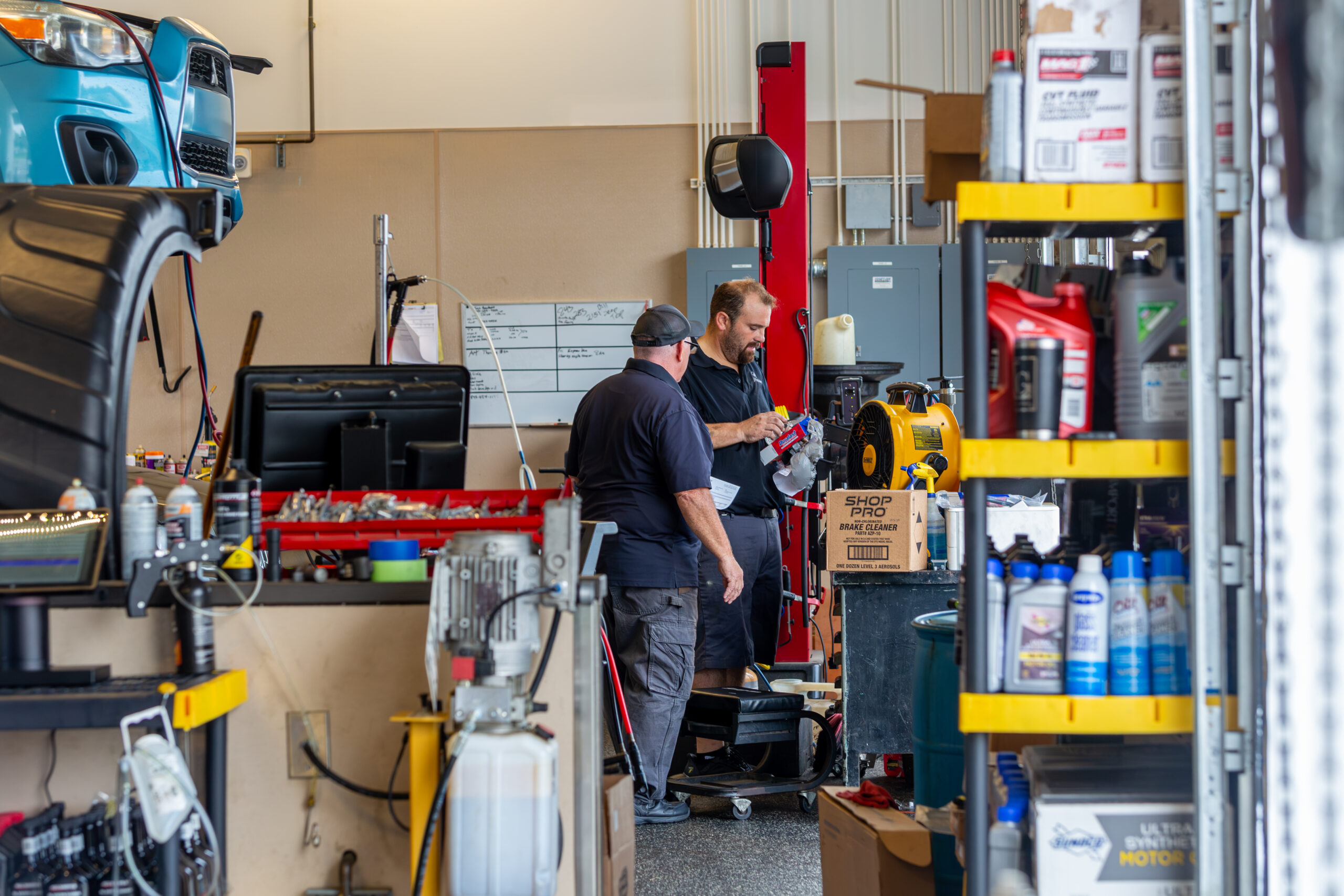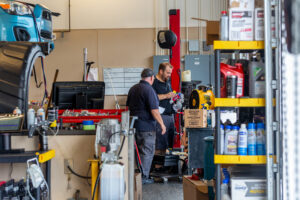This story is part 5 of a 7-part series which chronicles the redevelopment of the former Myrtle Beach Air Force Base and its evolution into the Market Common from the perspective of retired Air Force Colonel Buddy Styers, executive director of the Myrtle Beach Air Force Base Redevelopment Authority. Our history continues where we left off with Part 4, in the January 2017 issue.
The Redevelopment Years of The Market Common
by Melissa LaScaleia
“After we started building the Market Common,” Buddy says, “we realized, and thankfully the city also realized, that this building project was a great opportunity to add amenities that didn’t exist anywhere else in Myrtle Beach. Today, when you drive by the lake, you can see mothers and fathers walking their children, people sitting in bench swings— it’s the kind of scene we always envisioned for the Market Common. Luckily, the city shared our vision and was very interested in making that possible.”
The city built the ball field complex, the roller skating rink, and the soccer fields— and they renovated Crabtree Gym— all of which have been instrumental in the growth of the Market Common by contributing to its wonderful, homey vibe.
Additionally, Horry Georgetown Technical College played a major role in the redevelopment process. Through federal law, and with the approval and support of the Redevelopment Authority, the college received property in the Market Common at no cost.
Horry Georgetown Technical College moved their three biggest programs from the Conway campus to the Market Common: medical/nursing, dentistry, and culinary arts. That freed up a lot of space on their landlocked Conway campus for other programs and was a win win for both college and community.
The Redevelopment Authority helped finance many of the school’s projects in the Market Common. Probably the most important was the expansion of the nursing program.
“Back then,” Buddy reminisces, “we had a shortage of nurses in Myrtle Beach. And the college could only take forty people per year who wanted to go to nursing school. They had a waiting list of 300 people.”
Together, the college and the Redevelopment Authority converted what was the base hospital into the Robert E. Speir Building, where the nursing program was moved. The building was named after a local doctor; and the Speir family, along with the Redevelopment Authority and many of the local medical community, made generous financial contributions to help with its construction and implementation. With the completion of the building, the program was greatly expanded and enhanced by the increased number of new students they could accept each year.
The Redevelopment Authority also helped finance an annex to the Speir Building to house the dental program classrooms and community dental clinic.
Traditionally, schools contribute an energy of freshness, youthful vitality, learning, and enthusiasm. The expansion of the Technical College’s programs in the Market Common was an asset to the community by its presence alone; plus, new graduates boost the economy because they are a workforce providing services that benefit everyone.
“If the city and Horry Georgetown Tech hadn’t gotten so involved in this process, our development probably would have been slower,” Buddy says. “They added the amenities that make people want to be a part of this place— that gives them a reason to come. In the end, they’ve been real assets to the development and creation of this urban village.”
“The Redevelopment Authority was a development-finance partner for the city, helping to make these projects happen,” he continues. “We put money into redoing the gymnasium, Crabtree Gym, the recreation center, and ball fields. The city paid much of their share with tax increment financing (TIF).”
The legality of tax increment financing requires applicants to disclose any and all projects that they might finance with those tax increments before applying for it. You have to be transparent about what you want to do with the money, and have your long-term vision in place.
The TIF plan passed, and over a ten-year period the bonds were paid off; the other projects listed in the plan have been implemented. Those projects were the fire station and the ball field complex, and the development of the Market Common’s public infrastructure including parking garages, streets, sidewalks, and recreation areas.
Tax increment financing places a valuation on personal property. As the value of property increases, the taxes increase on personal property, and the increase pays for the infrastructure that was already put in place.
“As we started building single family homes and saw other economic improvements, that gave the city the opportunity to pay off the bonds that they had purchased to pay for the public infrastructure for the Market Common,” Buddy says. “Using a TIF allowed for the Market Common to be developed, as the city didn’t have any funds in their overall budget for the area’s projects.
“If not for the TIF,” he adds, “it would have been difficult for Myrtle Beach to find tax infrastructure for any of this to happen.”
Click here to read the next article in the series on “The Redevelopment Years of The Market Common.”

















